Script and Textual Contents
Description and Contents
The text is in Latin, written in the rounded Italian type of Gothic bookhand (textualis).
MS 196: the initial D opened the responsory for the first lesson of Matins for the second Sunday after Epiphany, which begins beside the initial on the original recto of the leaf and continues on the verso, Domine ne in ira tua arguas me neque in furore tuo corripias me. Miserere michi domine quo[niam]
MS 197: the miniature and initial, which would have been on the original verso of the leaf, introduced the responsory for the first lesson of Matins for Septuagesima Sunday, which begins beneath the image, In principio fecit Deus celum et ter[ram]. The reverse (the original recto of the leaf), contains the end of the antiphon, Psalm 68, versicle and responsory of the first nocturn of Matins for Septuagesima Sunday, [Tu Domine servabis nos et cus]todies nos, followed by Ps[almus] Salvum me fac d[eus]. V[ersiculus] Memor fui nocte nominis tui d[omine]. R[esponsorium] Et custodivi legem tuam.
MS 198: the initial, which would have been on the original verso of the leaf, opened Psalm 109, and the page contains the first two verses of the Psalm, Dixit dominus domino meo…virgam virtutis tuae emittet dominus. The reverse (the original recto of the leaf) preserves two musical staves and two lines of text containing the antiphon for the first psalm of the first nocturn of Vespers for a Sunday in the Easter season, Aleluia. Euoue Dixit dominus [Domino meo sede a dextris meis] Euoue.
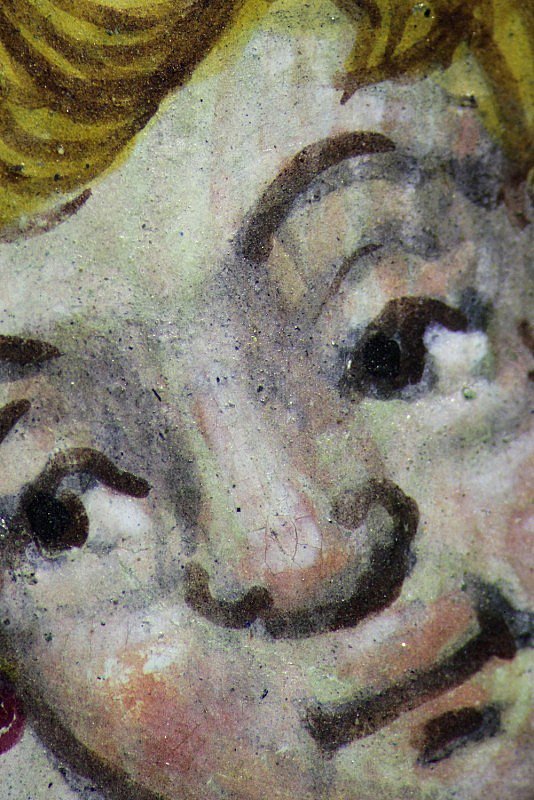
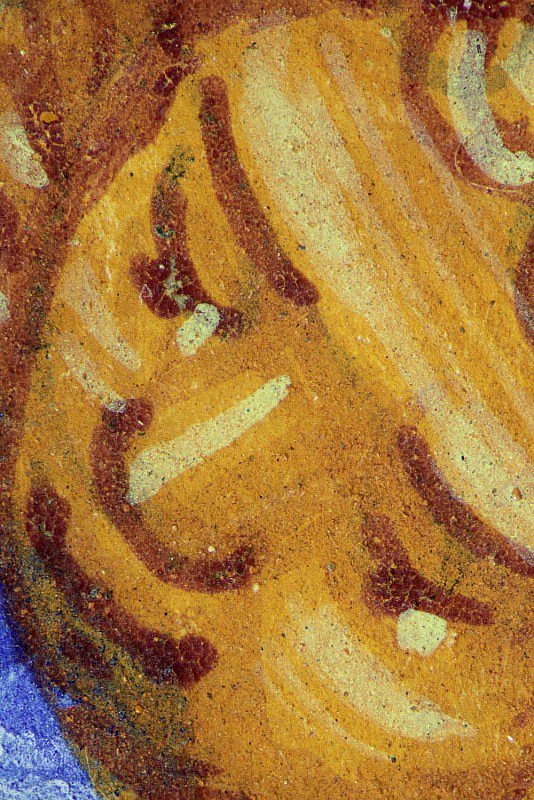
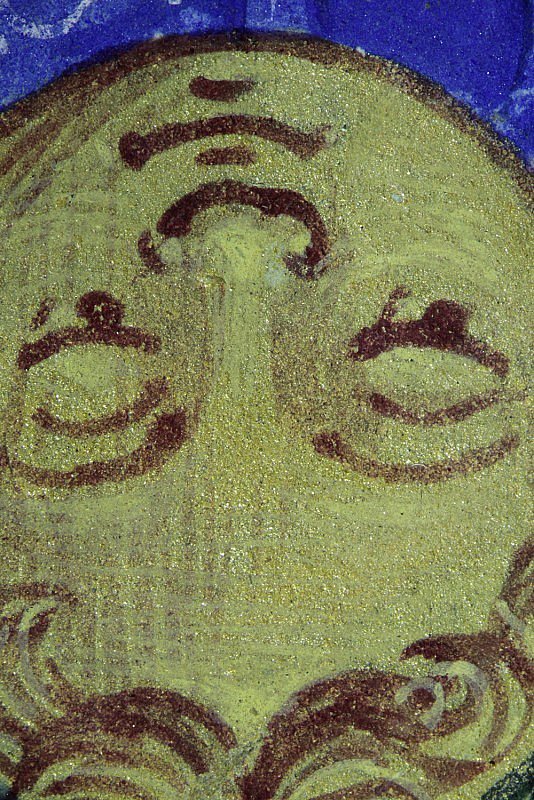
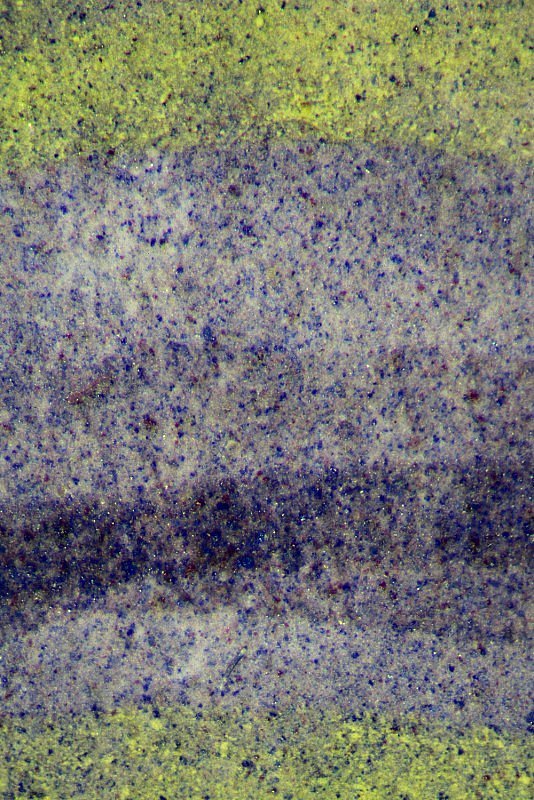
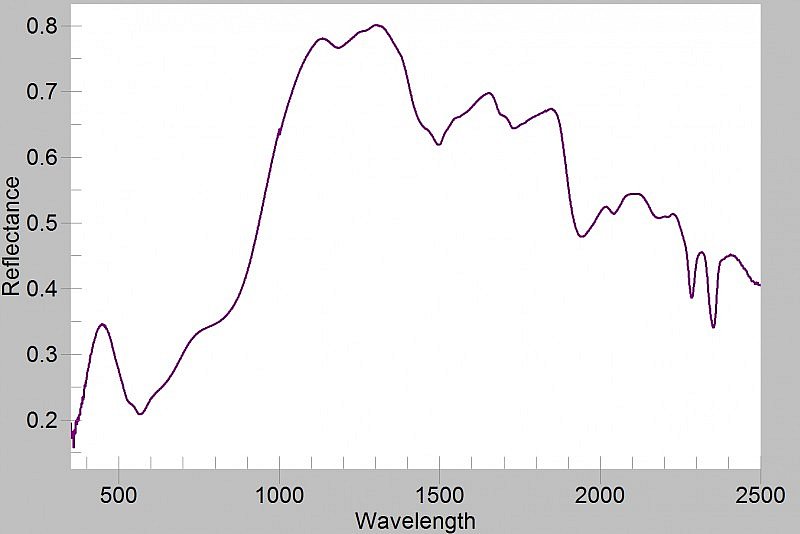
Creation of Heaven and Earth
This leaf came from an Antiphoner made for the Hospital of Santa Maria della Scala in Siena c. 1460-1477. The lower border preserves the overpainted arms which combine Santa Maria della Scala’s emblematic ladder with the rampant griffin (still discernable) of Niccolò Ricoveri, the hospital’s rector who commissioned the new set of Choir Books. The miniature and the initial I introduce the opening words of the Book of Genesis, ‘In the beginning God created the heavens and the earth’, with which the original volume began; they were recited at the midnight service of Matins for Septuagesima Sunday. The image of the Creation is among the finest surviving works of Pellegrino di Mariano Rossini, a pupil of Giovanni di Paolo. It is based on a panel from the altarpiece Giovanni di Paolo painted c.1445-1450 for the chapel of the Guelfi family in San Domenico, Siena (New York, Metropolitan Museum of Art, Robert Lehman Collection, 1975.1.31). The depiction of the eight celestial spheres and the four elements emerging simultaneously draws on the Apostles’ Creed and on Dante’s Paradise (29:22-30) rather than on the Genesis story of sequential creation recounted beside the image. The red circle represents fire, the light blue air, and the green the waters that surround the earth in the centre – colour associations of the elements that endured from Antiquity until the Renaissance.
Related content: Leaves from Choir Books
- Artists: Pellegrino di Mariano Rossini
- Texts and Images: Creation of Heaven and Earth
- Description and Contents: Physical Description
- Description and Contents: Script and Textual Contents
- Artists' Materials: Differences in palette
- Artists' Techniques: Painting the flesh
- Artists' Techniques: Underdrawing
Related content: Lab
- Overview of Artists' Materials: 'Mosaic gold'
- Overview of Artists' Materials: Cinnabar and Vermilion
- Overview of Artists' Materials: Lead-tin yellow
- Overview of Artists' Materials: Minium and Red lead
- Analytical Methods: Near-infrared imaging
- Analytical Methods: Optical microscopy
- Overview of Artists' Techniques: Painting the flesh
